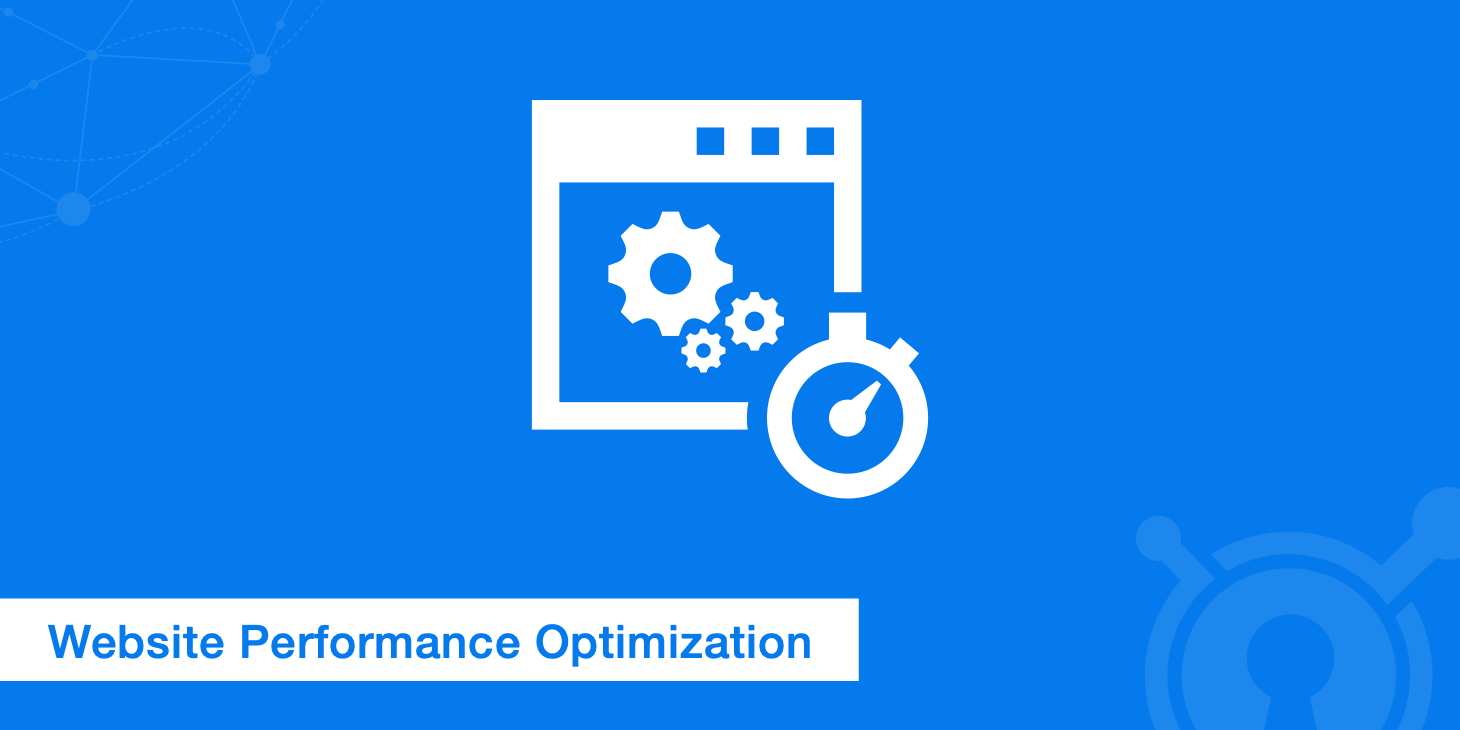Index Surge: Amplifying Your Insights
Stay updated with the latest trends and news across various industries.
Speeding on the Web: How to Win the Race Against Slow Load Times
Boost your site’s speed and crush slow load times! Discover top tips to win the web performance race now!
Top 10 Tips to Optimize Your Website's Load Time
In today's digital landscape, website load time is crucial for retaining visitors and improving SEO rankings. Slow-loading pages can lead to high bounce rates, impacting your site's credibility and user experience. Here are the top 10 tips to optimize your website's load time:
- Enable Compression: Utilize gzip or similar tools to compress files, reducing their size and improving loading speed.
- Optimize Images: Compress images without sacrificing quality to decrease load times significantly.
- Minimize HTTP Requests: Limit the number of elements on your page to reduce requests to the server.
- Use Asynchronous Loading for CSS and JavaScript: Allow your webpage to load first, delaying non-essential scripts.
- Leverage Browser Caching: Store frequently accessed elements in a user's browser, reducing load time on subsequent visits.
- Improve Server Response Time: Choose a reliable hosting provider and consider upgrading your server if necessary.
- Implement a Content Delivery Network (CDN): Distribute content globally to decrease load times for international users.
- Reduce Redirects: Avoid unnecessary redirects which add extra wait times for users.
- Keep Your Code Clean: Remove unnecessary characters, spaces, and comments from your HTML, CSS, and JavaScript files.
- Utilize Lazy Loading: Load images and other media only when they enter the viewport to minimize the initial loading time.

Understanding the Impact of Page Speed on User Experience: Why It Matters
Page speed plays a crucial role in user experience, as it directly affects how quickly visitors can access and interact with a website. In a world where attention spans are fleeting, any delay in loading times can lead to increased bounce rates. According to studies, around 40% of users abandon a site that takes more than 3 seconds to load. A fast-loading page not only enhances user satisfaction but also encourages users to stay longer and engage more with the content.
Moreover, the impact of page speed extends beyond just user interaction; it also influences search engine optimization (SEO). Search engines like Google take page speed into account when ranking websites, meaning that faster sites are more likely to appear higher in search results. This creates a positive feedback loop: improved page speed leads to better user experience, which can in turn boost visibility and attract more traffic. Therefore, optimizing page speed should be a priority for anyone looking to enhance their website's performance and overall success.
Is Your Website Dragging? Common Culprits Behind Slow Load Times and How to Fix Them
A slow website can significantly impact user experience and search engine rankings, often leading to higher bounce rates and lower conversions. Some of the common culprits behind sluggish load times include oversized images, excessive use of plugins, and unoptimized code. For instance, images that are not compressed can take minutes to load, while unnecessary plugins can introduce delays due to their resource-intensive nature. To pinpoint the issues affecting your site, consider using tools like Google PageSpeed Insights or GTmetrix, which can help identify what’s dragging your site down.
Once you've identified the issues, implementing fixes can greatly enhance your site’s performance. Start by optimizing your images using compression tools, which can reduce their file size significantly without sacrificing quality. Next, limit the number of plugins you use to only those that are essential for your site’s functionality. Also, consider leveraging browser caching, minifying CSS and JavaScript files, and utilizing a content delivery network (CDN) to speed up your website. By taking these steps, you can ensure that your website runs smoothly and efficiently, providing a better experience for your visitors.